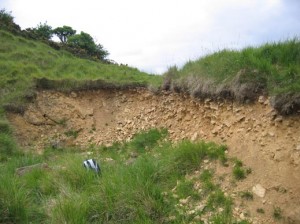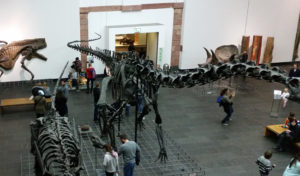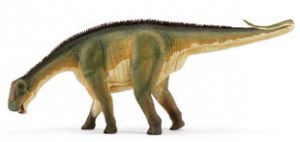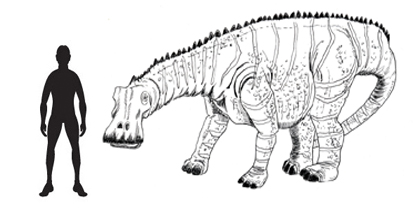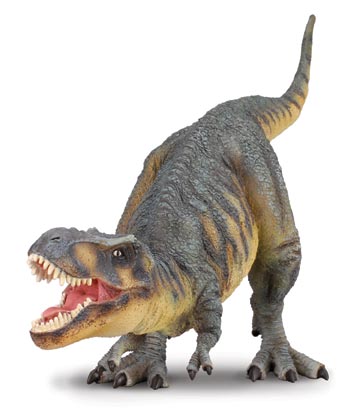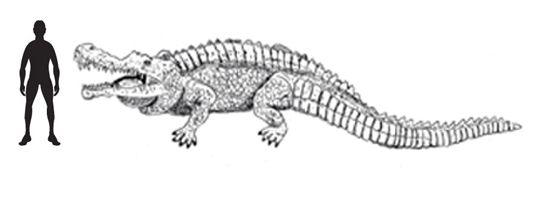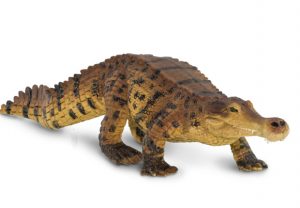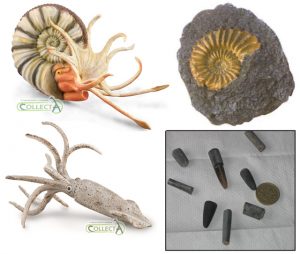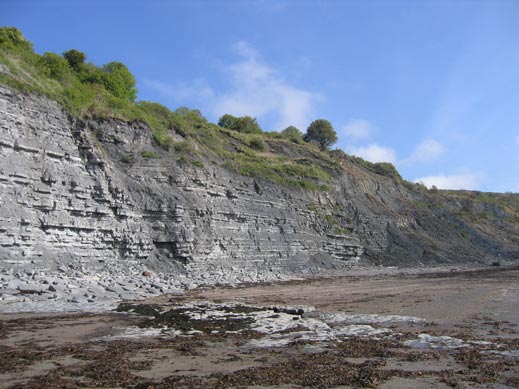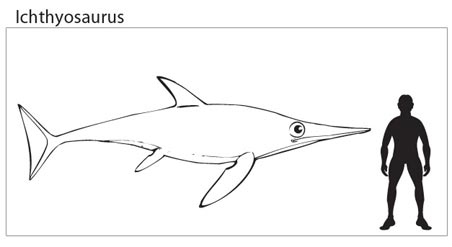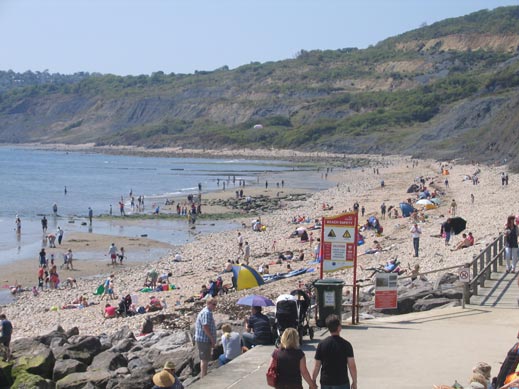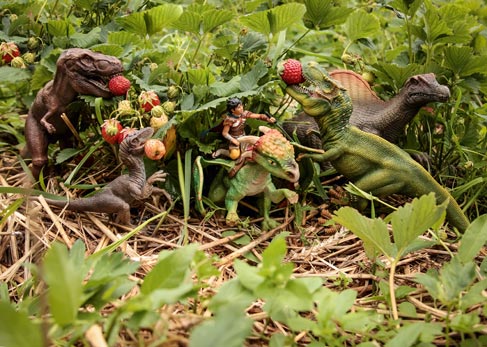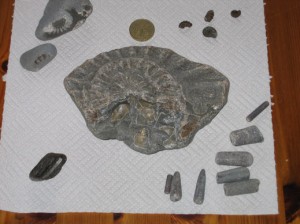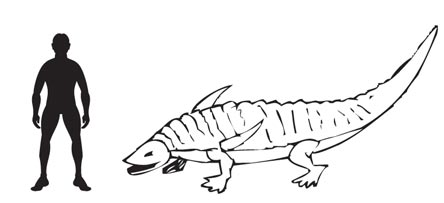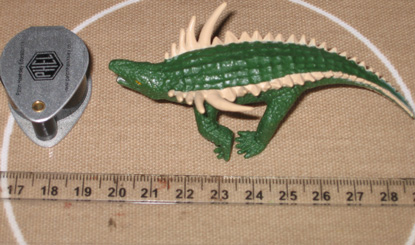Fossil Hunting at the Beautiful Cleeve Hill Site
Fossil Hunting at Cleeve Hill
Team members take time out of their busy schedule to go fossil hunting at Cleeve Common.
Having had to spend some time in the south of England due to work commitments one of our team members had the opportunity to visit a popular fossil collecting site at Cleeve Common in Gloucestershire.
The area is popular with hikers and walkers as Cleeve Hill itself, is the highest point in the county of Gloucestershire as we recall and from the top there are stunning views of the English countryside.
The View from Cleeve Hill
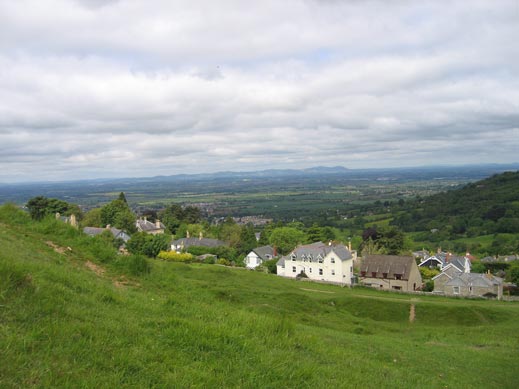
Picture credit: Everything Dinosaur
The views from this location are wonderful and although there are no toilets or other facilities at this site, it is a wonderful place to walk and take a picnic.
Fossil Hunting
There is a private golf course on Cleeve Hill, and care should be taken to avoid the players and give them plenty of room, particularly considering the hilly nature of the course that they are playing on. However, a public car park is available and makes a great starting point to explore the geological formations that are exposed along the western side of the hill. Cleeve Hill has the remains of many old quarries and it is here in the scree and rubble that a number of good fossils can be found, given a keen eye and a little patience.
The exposed fossiliferous rocks date from the Jurassic period (Aalenian/Bajocian faunal stages), 178-166 million years ago and represent marine deposits. Similar strata can be found elsewhere in the United Kingdom, notably in Dorset and also in Lincolnshire.
Hammering at the bedrock is not permitted, and care must be taken when close to overhangs as rocks have been known to fall, but with a little care some interesting fossils can be located. We found a number of excellent examples of brachiopods associated with Jurassic oolite rocks from this location and a couple of fragments of belemnite guards (belemnites are a group of extinct cephalopods). The crystalline structure of the guard can still clearly be made out, although the belemnite guards were not as numerous as in locations such as Charmouth near Lyme Regis.
A Belemnite (Extinct Cephalopod)
Picture credit: Everything Dinosaur
CollectA have added several highly accurate replicas of extinct invertebrates to their model series. This series includes replicas of ammonites, nautiloids and a model of a belemnite.
To view the CollectA Age of Dinosaurs range: CollectA Age of Dinosaurs Prehistoric Life Models.
One of the pleasant things about visiting a site like this is that sometimes you can find yourselves in little, tucked away exposed faces of rock were lots of fossils can be seen. Towards, the end of our visit, it was decided to explore one last rise and as made our ascent the location did not seem very promising. However, on reaching the top we were rewarded with the discovery of a hidden away area of rock and scree slope which had lots and lots of fossils to observe and photograph.
The “Hideaway” at Cleeve Hill
Picture credit: Everything Dinosaur
This particular location is probably very well known to local collectors. It is very probably featured in guidebooks, but to us it was a magical place that we simply stumbled upon at the very end of our trip that made the journey well worthwhile. We were able to observe and photograph a number of fossils in situ and we had the site to ourselves (apart from one baby rabbit). This might not be the Flaming Cliffs of Mongolia but sat on the grass leaning back on our rucksacks with a sandwich and a cup of coffee we felt like we were a million miles away.



